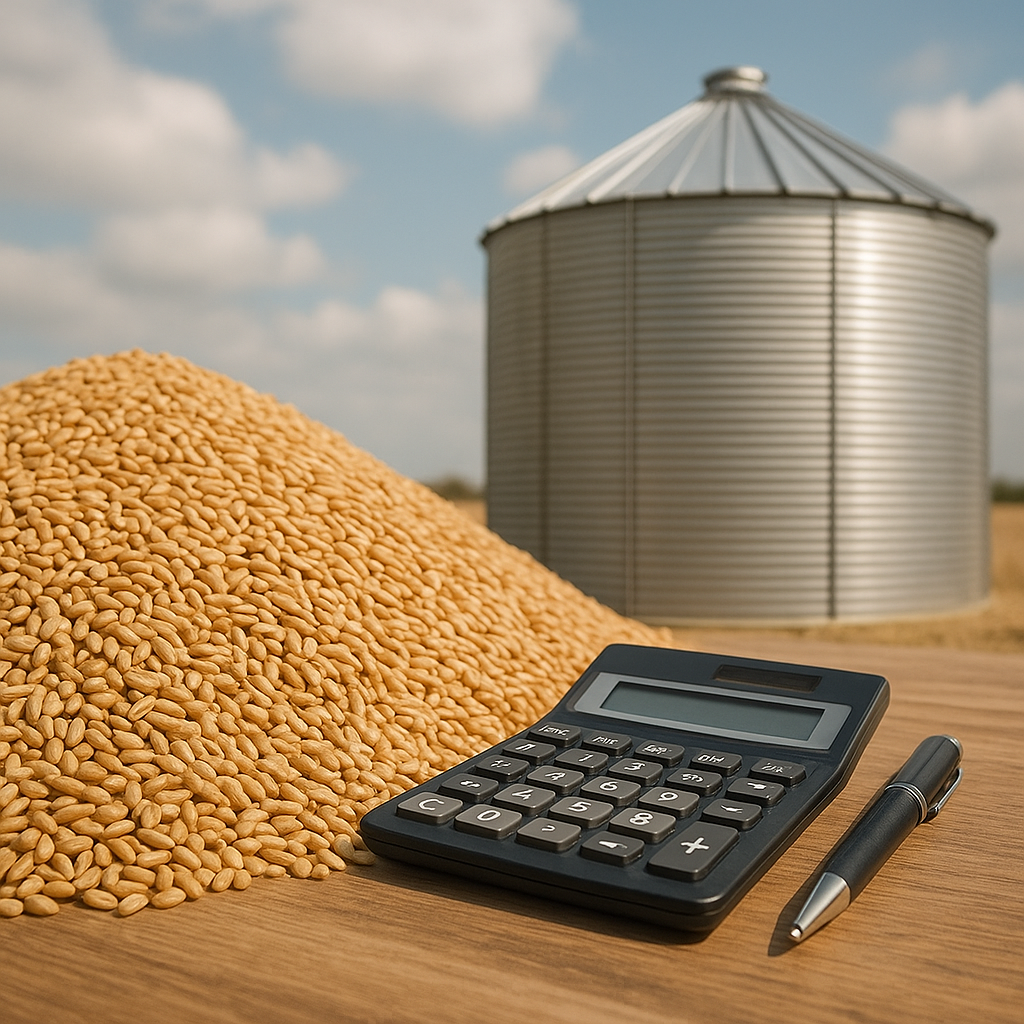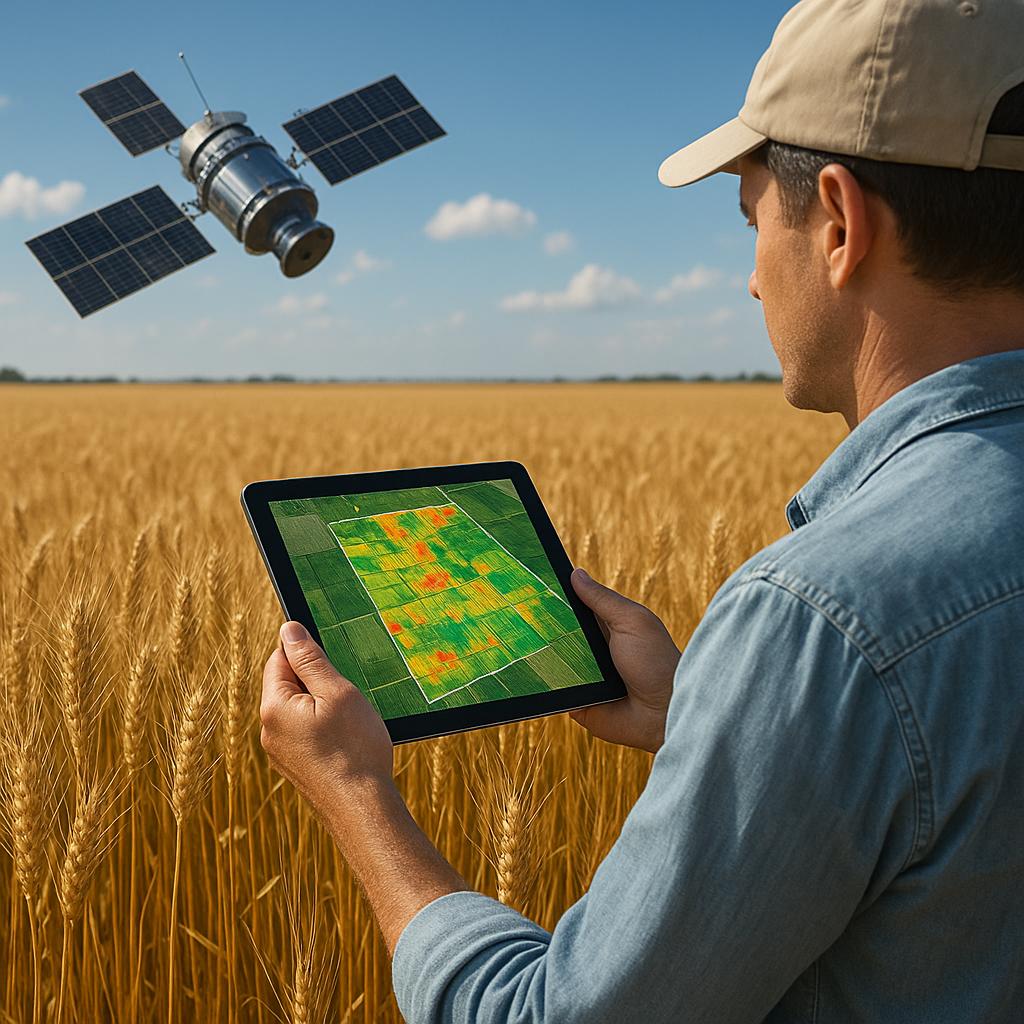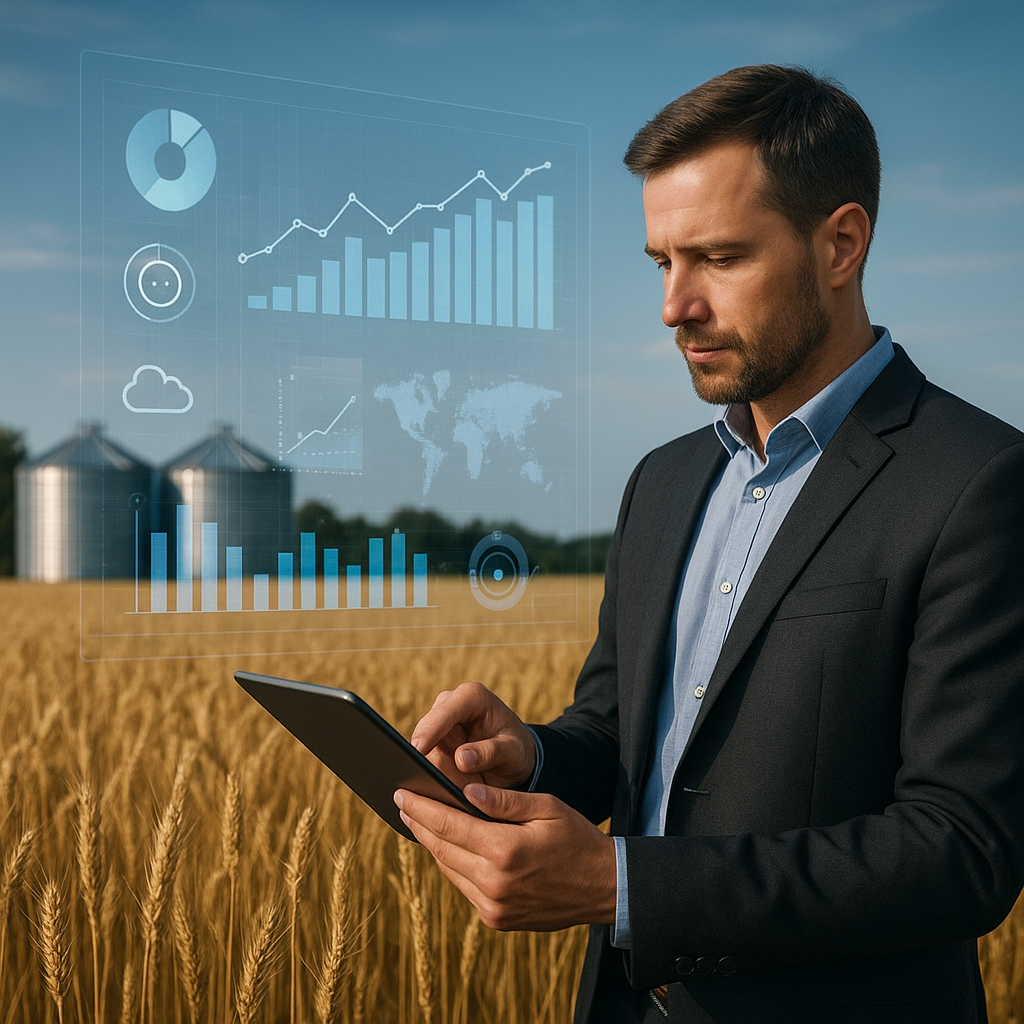The evolution of grain trading platforms has significantly transformed the agricultural market, enhancing efficiency and accessibility for farmers, traders, and consumers alike. As the global demand for grains continues to rise, the need for innovative trading solutions has become paramount. This article delves into the historical development of grain trading platforms, their current state, and the future trends that are shaping the industry.
Historical Overview of Grain Trading
The trading of grains dates back thousands of years, with early civilizations relying on barter systems to exchange surplus crops. As societies evolved, so did the methods of trading. The establishment of formal markets in the Middle Ages marked a significant turning point. Grain exchanges began to emerge in major cities, allowing farmers and merchants to trade more efficiently. The introduction of standardized measures and weights facilitated these transactions, leading to the creation of futures contracts in the 19th century.
In the United States, the Chicago Board of Trade (CBOT) was founded in 1848, becoming one of the first organized grain exchanges. This platform allowed traders to buy and sell grain futures, providing a mechanism for price discovery and risk management. The success of CBOT inspired the establishment of similar exchanges worldwide, each adapting to local agricultural practices and market conditions.
Technological Advancements in Grain Trading
The late 20th century witnessed a technological revolution that dramatically changed grain trading. The advent of computers and the internet enabled traders to access real-time market data, execute trades instantly, and communicate more effectively. Electronic trading platforms emerged, replacing traditional open-outcry systems and allowing for greater transparency and efficiency.
These platforms provided traders with advanced tools for analysis, enabling them to make informed decisions based on market trends and price fluctuations. The introduction of algorithmic trading further revolutionized the industry, allowing for automated trading strategies that could react to market changes in milliseconds. As a result, grain trading became more accessible to a broader range of participants, including institutional investors and retail traders.
Current State of Grain Trading Platforms
Today, grain trading platforms are characterized by their diversity and sophistication. Various platforms cater to different segments of the market, from large institutional traders to small-scale farmers. Some of the most prominent platforms include the Chicago Board of Trade, the Kansas City Board of Trade, and the Minneapolis Grain Exchange, each specializing in different types of grains and trading strategies.
In addition to traditional exchanges, numerous online trading platforms have emerged, offering users the ability to trade grains from the comfort of their homes. These platforms often provide educational resources, market analysis, and user-friendly interfaces, making it easier for new traders to enter the market. Furthermore, mobile trading applications have gained popularity, allowing traders to monitor their investments and execute trades on the go.
Impact of Globalization on Grain Trading
Globalization has had a profound impact on grain trading, as international trade agreements and advancements in transportation have opened up new markets for grain producers. Countries that were once self-sufficient in grain production are now participating in global trade, leading to increased competition and price volatility.
As a result, grain trading platforms have adapted to accommodate the complexities of international markets. Many platforms now offer features that allow traders to access global price data, analyze trends across different regions, and execute trades in multiple currencies. This globalization of grain trading has also led to the rise of new players in the market, including emerging economies that are becoming significant exporters of grains.
Future Trends in Grain Trading Platforms
The future of grain trading platforms is likely to be shaped by several key trends. One of the most significant is the increasing use of artificial intelligence (AI) and machine learning. These technologies have the potential to enhance trading strategies by analyzing vast amounts of data and identifying patterns that human traders may overlook. AI-driven algorithms can optimize trading decisions, manage risk, and improve overall market efficiency.
Another trend is the growing emphasis on sustainability and ethical trading practices. As consumers become more conscious of the environmental and social impacts of their purchases, grain trading platforms are likely to incorporate features that promote transparency in sourcing and production. This could include tracking the origin of grains, assessing the environmental impact of farming practices, and ensuring fair trade practices.
Blockchain Technology in Grain Trading
Blockchain technology is also poised to revolutionize grain trading by providing a secure and transparent way to record transactions. By creating a decentralized ledger, blockchain can enhance traceability in the supply chain, allowing traders to verify the authenticity and quality of grains. This technology can also streamline the settlement process, reducing the time and costs associated with traditional trading methods.
As blockchain adoption increases, we may see the emergence of new trading platforms that leverage this technology to offer innovative solutions for grain trading. These platforms could facilitate peer-to-peer trading, enabling farmers to connect directly with consumers and bypass traditional intermediaries.
Conclusion
The evolution of grain trading platforms has been marked by significant advancements in technology, globalization, and changing market dynamics. As the industry continues to evolve, traders must adapt to new tools and strategies to remain competitive. The future of grain trading is likely to be shaped by innovations in AI, blockchain, and a growing focus on sustainability. By embracing these changes, grain trading platforms can enhance their efficiency, transparency, and accessibility, ultimately benefiting all participants in the agricultural market.













